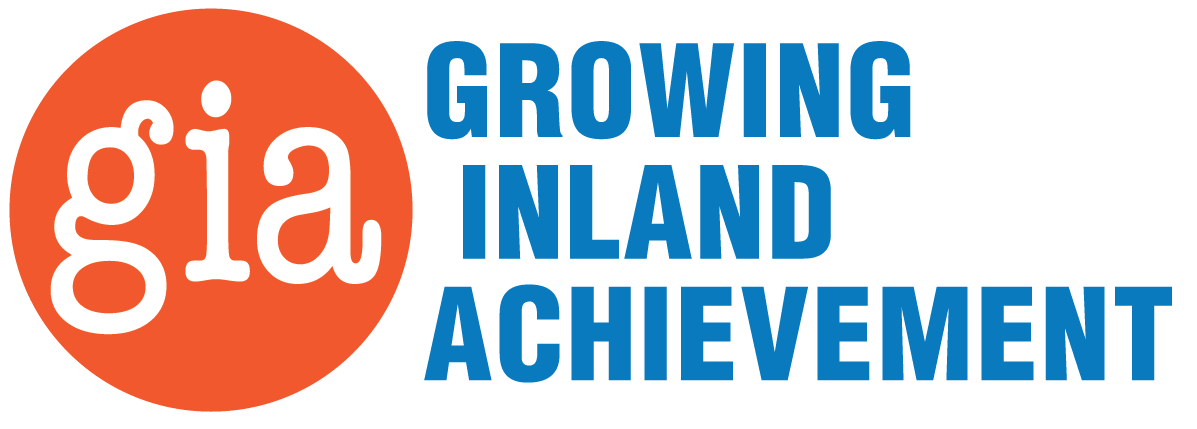The U.S. Department of Education has introduced a solution to help students whose parents lack a Social Security number navigate FAFSA application challenges. This fix is designed to simplify the process for mixed-status families, making it easier to complete the FAFSA. Despite recent improvements, some parents still require a Social Security number to obtain a Federal Student Aid ID, which hinders their ability to contribute tax information. To address this issue, the department has implemented a temporary workaround, allowing contributors to manually enter tax information. Additionally, contributors can now access the FAFSA more quickly while awaiting identity verification results. The department is actively communicating these changes to affected individuals to ensure a smoother FAFSA completion process for students… and families.
In other news, California State University (CSU) has allocated $4.6 million to support Black student success as part of a larger $10 million commitment over three years based on recommendations from the Black Student Success Report. The report highlights challenges in Black student enrollment, retention, and graduation rates within the CSU system. CSU Chancellor Mildred García emphasized the system’s dedication to advancing institutional change to ensure Black students achieve academic goals and long-term success. Campus leaders are implementing additional measures, including enrollment strategies, early outreach efforts, residential scholars programs, study abroad opportunities, and Black resource centers, to enhance student experiences and support staff development. This investment reflects CSU’s commitment to equity and empowering Black students to excel academically and in life.
Recent data highlights a concerning trend, with only 48% of high school students in the Inland Empire meeting the A-G requirements necessary for UC and CSU admissions, falling below state averages and neighboring counties. Economic disparities and resource limitations contribute significantly to these low completion rates, particularly affecting historically underserved communities. This shortfall not only impacts individual students but also hampers the region’s workforce development and postsecondary attainment goals, limiting economic advancement opportunities. To address this issue, schools require additional resources and support structures to ensure equitable access to A-G courses. Collaborative efforts among educational institutions, local governments, and community organizations are essential in addressing the root causes of low A-G completion rates. By acknowledging these challenges and implementing targeted interventions, stakeholders can work towards bridging the A-G completion gap and fostering a potentially brighter future for all students in the Inland Empire.
Congratulations to Riverside STEM Academy…Last week they were named the number one high school in California and the 10th best in the nation. The award, presented by the U.S. News & World Report, recognized the Inland Empire High School for its enrollment diversity, a 100% graduation rate, and placing number one nationally for student performance on state assessments. Riverside Stem Academy beat out 17,645 other schools for the honors.
And that’s today’s Education Report, I’m Alyssa Silva.

